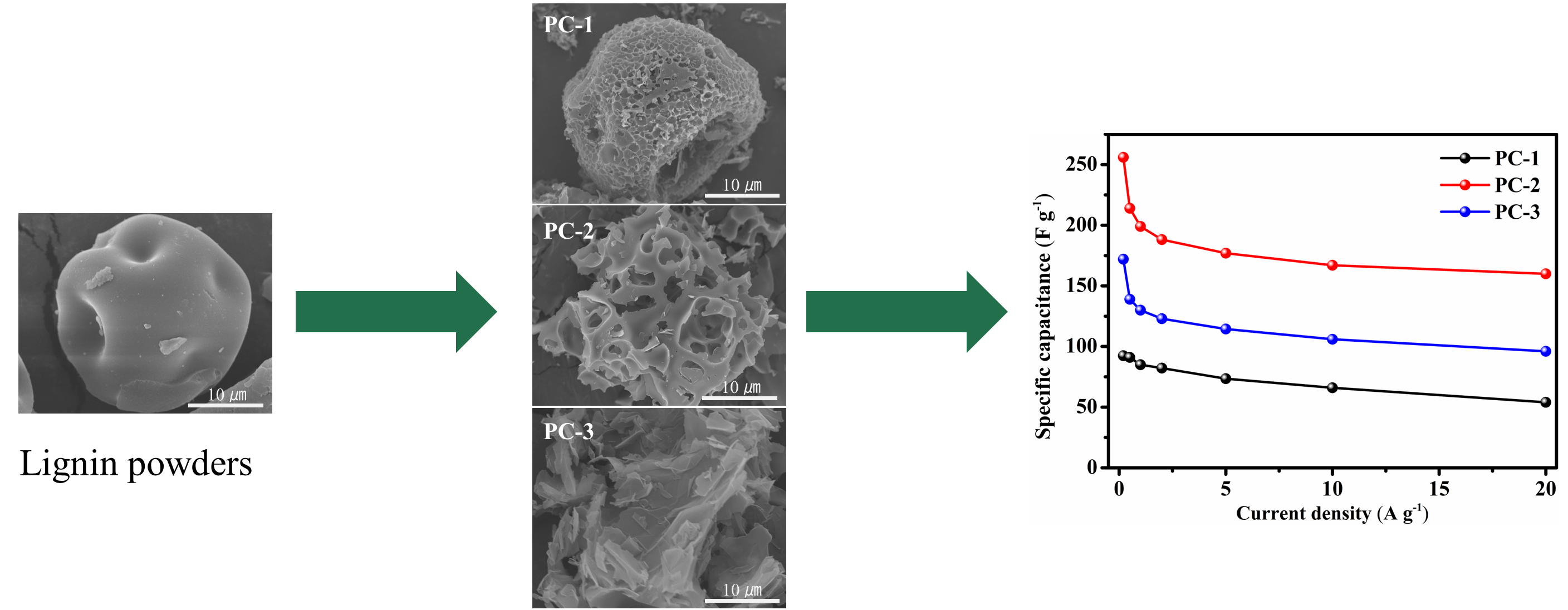 Open Access
Open Access
ARTICLE
Shihao Feng1,2,3, Qin Ouyang1,2,*, Jing Huang1,2, Xilin Zhang3, Zhongjun Ma4, Kun Liang1,2, Qing Huang1,2,*
1
Zhejiang Key Laboratory of Data-Driven High-Safety Energy Materials and Applications, Ningbo Key Laboratory of Special Energy
Materials and Chemistry, Ningbo Institute of Materials Technology and Engineering, Chinese Academy of Sciences, Ningbo,
315201, China
2
Engineering Laboratory of Advanced Energy Materials, Qianwan Institute of CNITECH, Ningbo, 315336, China
3
School of Physics, Henan Normal University, Xinxiang, 453007, China
4
School of Environment, Henan Normal University, Xinxiang, 453007, China
*
Corresponding Authors: Qin Ouyang. Email: ouyangqin@nimte.ac.cn, o_yang@126.com; Qing Huang.
Email: huangqing@nimte.ac.cn
Journal of Renewable Materials https://doi.org/10.32604/jrm.2024.052579
Received 07 April 2024; Accepted 27 May 2024; Published online 10 July 2024

View
Download
Like
Valorization of Kraft Lignin as Thickener in Castor Oil for Lubricant Applications
A. M. Borrero-López, F. J. Santiago-Medina,...Polyurethanes from Kraft Lignin without Using Isocyanates
F.J. Santiago-Medina, M.C. Basso,...Candelilla Wax as Natural Slow-Release Matrix for Fertilizers Encapsulated by Spray Chilling
Noé Navarro-Guajardo, Edgar Miguel...